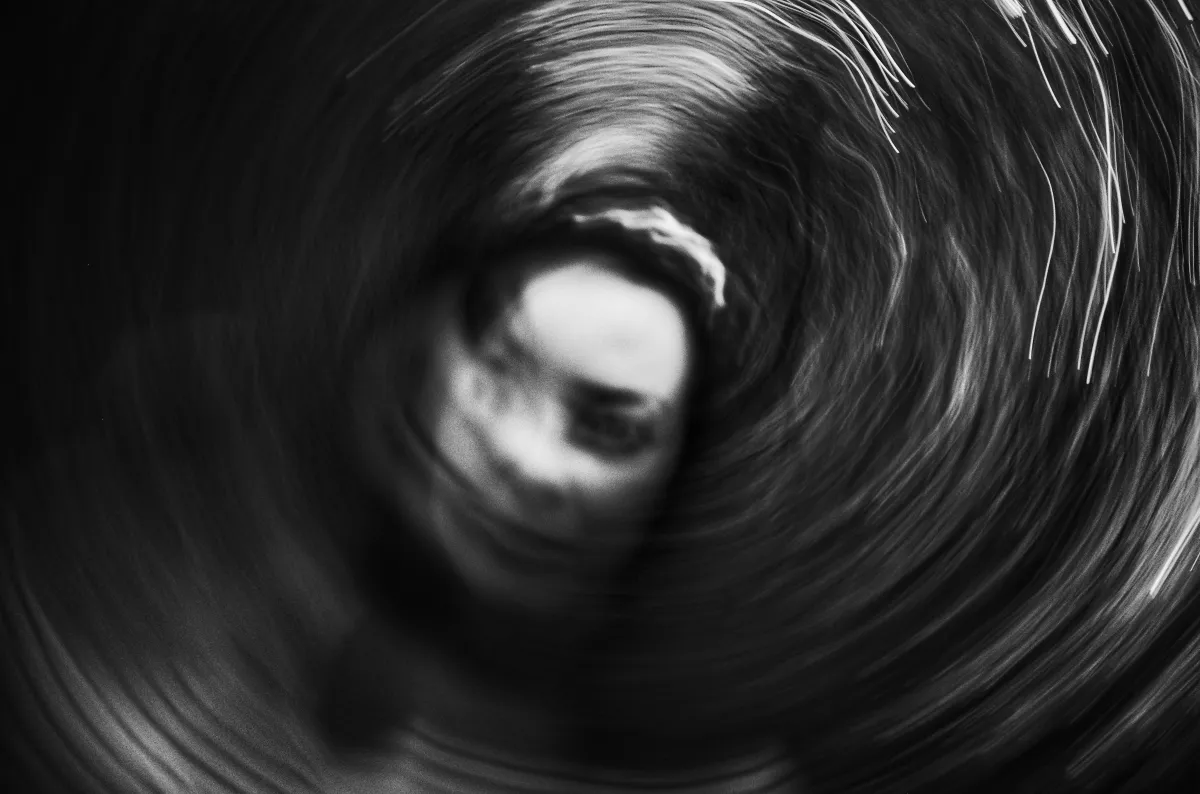
Catastrophising the Future: How to Stop the Spiral
Photo by Tomás Robertson on Unsplash
We’ve all been there. One little hiccup in the present, and suddenly your brain is running a full-blown disaster movie about your future.
You forget to pay a bill and instantly imagine late fees, ruined credit, and dying in a haunted apartment with leaky pipes. You miss sending one email at work and your brain jumps to, “My boss is going to fire me, I’ll lose my house, and I’ll be living in a cardboard box by Tuesday.” Or your partner doesn’t text back for an hour and you’re spiraling into, “They hate me, they’re leaving me, and I’ll die alone surrounded by cats.”
Sound familiar? That’s called catastrophising the future, and while it feels awful, you’re not broken for doing it. You’ve just got a brain that’s trying a little too hard to protect you.
What Is Catastrophising the Future?
Catastrophising the future is when your brain takes a small, everyday event and blows it up into the worst-case scenario. It’s not just worry. It’s worry on steroids.
Where worry might say, “I hope I don’t forget to pay this bill again,” catastrophising says, “My life is about to collapse and I’ll never recover.”
The key difference is that catastrophising is future-focused. It’s about things that haven’t happened yet, but your brain convinces you they’re already on the way.
Why Do We Do It?
The short answer: your brain thinks it’s keeping you safe.
Evolutionary Roots
Thousands of years ago, it was better to assume the rustle in the grass was a tiger than to shrug it off and get eaten. Our brains evolved to prepare for danger, even when that danger was only a possibility.
Modern Mismatch
Fast forward to today, and the “tigers” are bills, emails, unread texts, and awkward conversations. But your nervous system still reacts like it’s life or death. Heart pounding, stomach in knots, cortisol flooding your system, all because of a late email.
Past Wounds
And here’s the deeper layer: if you’ve been hurt before, your brain learns to expect that pain again.
If you had a boss who once blew up over a mistake, now every mistake feels like the end of your career.
If a past partner ghosted you, even a healthy relationship can trigger fear that one unanswered text means abandonment.
Your brain is essentially saying, “This hurt happened before, so let’s brace for it happening again.” It’s not logical, but it is protective.
The Costs of Living in Doom Mode
Sure, your brain thinks it’s helping, but catastrophising the future comes with a price tag.
Physically: tension headaches, tight shoulders, stomach issues, trouble sleeping.
Mentally: racing thoughts, anxiety, constant distraction.
Relationally: assuming the worst before asking questions, making trust and communication harder.
It’s like paying interest on a loan you never even borrowed. You’re suffering for something that hasn’t even happened, and most of the time, never will.
How to Stop Catastrophising the Future
So how do we get off the doom train? Here are some practical tools you can use in the moment:
1. Name It.
The moment you notice yourself spiraling, say it: “This is catastrophising the future.” Naming it creates space between you and the thought.
2. Check the Facts.
Ask: “What’s true right now? What’s fact, and what’s prediction?” Write it out if you need to. You’ll usually find the “fact” list is much shorter than the “fear” list.
3. Zoom Out.
Will this still matter in a week? A month? A year? Most spirals don’t even make it past tomorrow.
4. Flip It.
If you can imagine the worst-case, you can also imagine the best-case. The email gets sent and no one cares. The text comes back with love. Life goes on.
5. Ground the Body.
When your thoughts are stuck in 2035, bring yourself back to 2025. Breathe in for four, out for six. Unclench your jaw, drop your shoulders, feel your feet on the ground. Remind yourself: “I am safe in this moment.”
6. Self-Compassion.
Instead of scolding yourself, try: “My brain is trying to protect me. Thank you, brain. But I’ve got this.”
A Tool You Can Use Right Away
Sometimes it’s hard to stop catastrophising with thoughts alone. That’s why I created a guided meditation for catastrophising the future. It’s designed to help you breathe, ground, and reframe those doom spirals when they take over.
Click below to try the meditation
Final Thoughts
Catastrophising the future is something almost all of us do. It doesn’t mean you’re weak, broken, or “too much.” It means your brain is working overtime to keep you safe, just not always in ways that match reality.
The more you practice noticing the spiral, checking the facts, and choosing compassion, the easier it gets to step back into the present. Because the truth is, you don’t have to live in a scary future your brain invented. You deserve to live here, now, in safety and calm.
👉 Want more support? Book a free Exploration Chat to talk about how catastrophising shows up in your life and how to shift it with compassion.
Watch the YouTube Video Here:
Sources and References
Refraining from Catastrophic Thinking and Psychological Distress (2016)
https://journals.sagepub.com/doi/abs/10.1177/0033294116663511Uncertainty and Anticipation in Anxiety (2014)
https://pmc.ncbi.nlm.nih.gov/articles/PMC4276319/The Relationship Between Cognitive Distortions, Humor Styles, and Depression (2016)
https://pmc.ncbi.nlm.nih.gov/articles/PMC4991044/Strengths, Struggles, and Strategies: How Adults with Serious Mental Health Challenges Navigate Long Term Romantic Relationships (2024)
https://pmc.ncbi.nlm.nih.gov/articles/PMC11408583/
